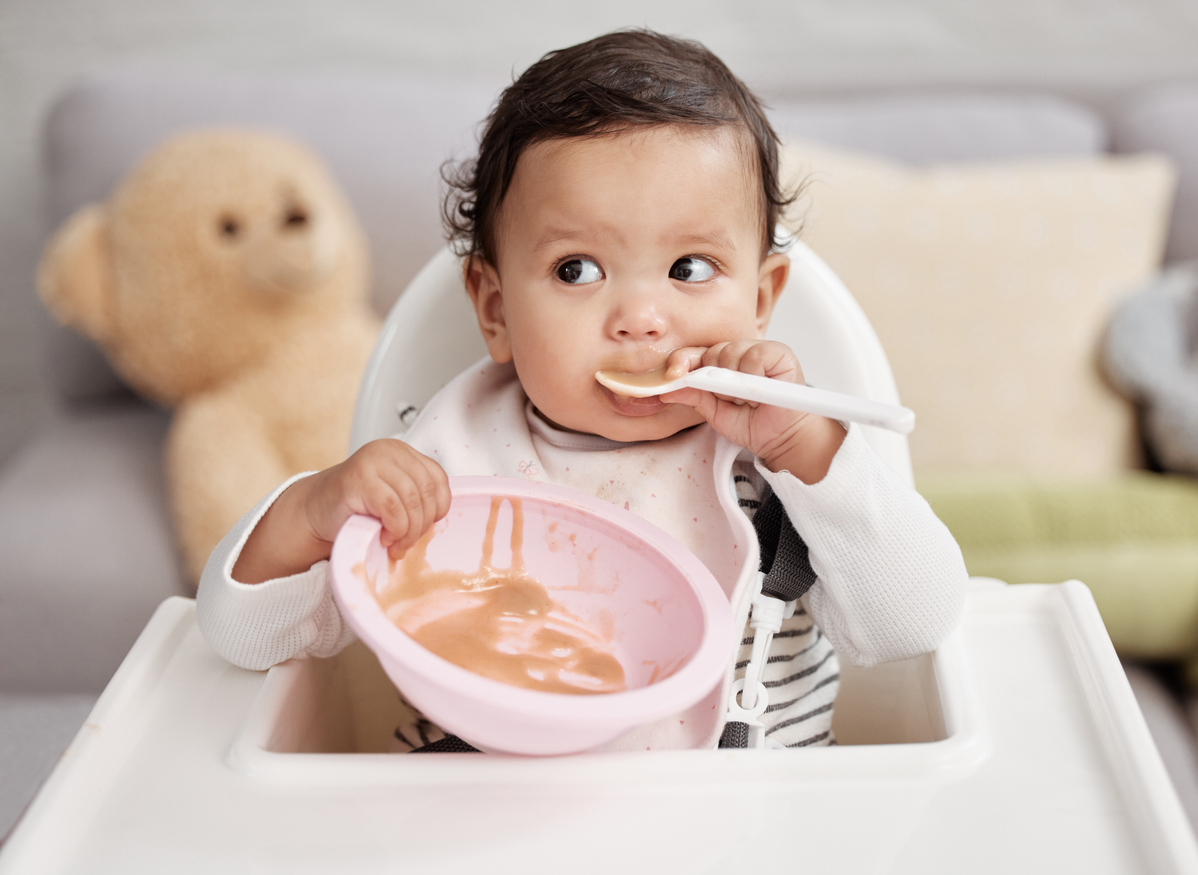Self-Feeding: When Should Toddlers Be Able To Use Utensils and Cups Independently?

Baby girls are precious gifts
Learning to feed oneself can be an exciting milestone for a toddler. The ability to use toddler utensils and cups independently is crucial for their development, but when should toddlers be able to feed themselves using utensils? It can be tricky to know when a toddler is ready to start self-feeding and how to ensure that they’re able to do so safely and successfully.
In this post, we’ll answer these commonly asked questions and detail the strategies for introducing them to utensils and cups. We’ll also provide tips for encouraging safe and successful self-feeding, so you can ensure that your toddler has all the skills they need to eat independently.
Guidelines for Milestones
Toddlers start experimenting with handheld utensils such as spoons around 8 months old. They may begin using forks at around 10 months old, open cups at 15 months old, and use straws at 17 months old. These are general guidelines, and some children may start learning earlier or later than these recommended ages depending on their abilities.
Differentiating Between Ability and Readiness
It is critical to note the distinction between a child’s ability to use utensils and their readiness to do so. While some toddlers may have the fine motor skills necessary for self-feeding, they may not be ready for it yet. It might be helpful for parents in this situation to differentiate between the two concepts when assessing their toddler’s development.
For a toddler to successfully use a spoon or fork independently, they must develop strong hand-eye coordination skills. To promote this skill in your toddler, engage them in activities that require precise movements, such as coloring in their coloring book or stacking blocks on top of each other. You can practice using the utensils together by pretending to feed your toddler’s dolls or toys with them and ask your toddler to do the same with play food or animal crackers.
For toddlers to develop the muscle control necessary for holding a cup or grasping a spoon, you must encourage them to practice playing with different items. Try paintbrushes and building blocks to increase strength and grip control in their hands and fingers.
Promoting Self-feeding
Introducing Utensils and Cups
To slowly introduce your toddler to utensils, start by exploring these items outside of meal times. Start by allowing your toddler to explore how different utensils feel in their hands without any food present. In terms of introducing open cups, make sure that you’re supervising closely until your toddler shows signs of being able to control the cup independently.
Establishing a Routine
Establishing a routine is critical when it comes to promoting self-feeding as it gives your toddler something familiar that they can confidently do on their own. Make sure that you provide plenty of positive reinforcement when they try new things so they know that you are proud of them.
Conclusion
Self-feeding is a crucial milestone in any toddler’s development, and it’s critical to be aware of the signs that a child is ready to start feeding themselves. Start by understanding the distinctions between ability and readiness for self-feeding, the recommended ages for using utensils and cups, the importance of developing motor skills, and strategies for encouraging self-feeding. These factors are all components of helping a toddler become an independent eater. With patience and support, parents can help their toddlers confidently and safely use utensils and cups to feed themselves healthy meals.